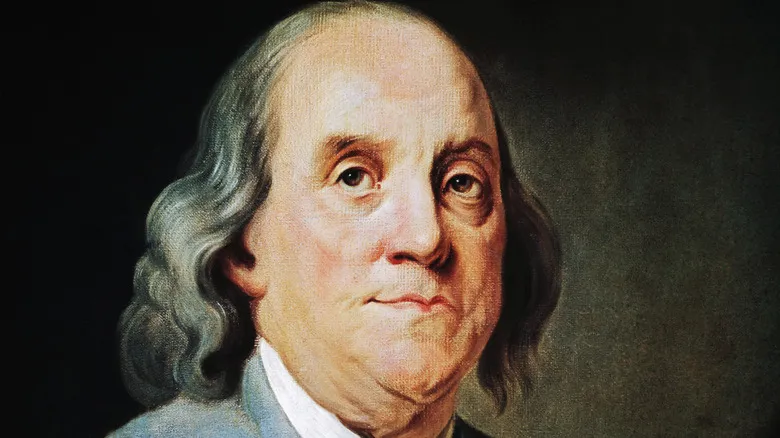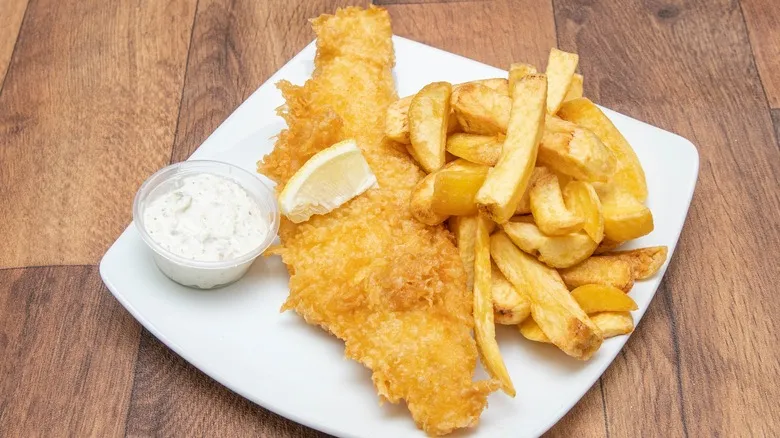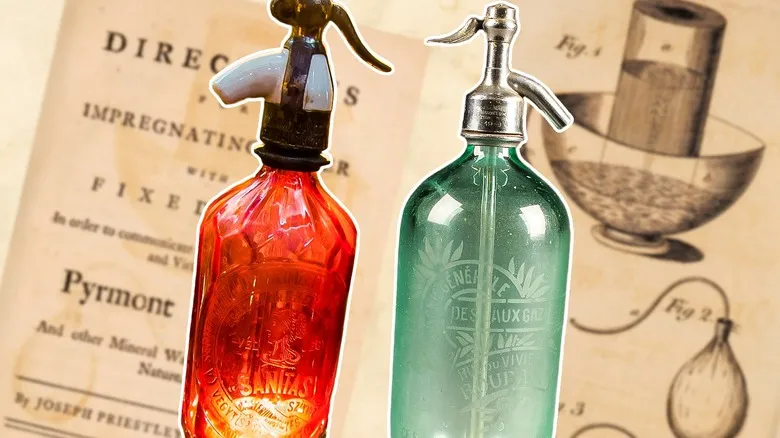An American founding father inspired Priestley

Joseph Priestley first encountered Benjamin Franklin in a London coffee house in 1765 during a weekly gathering of intellectuals and scientists known as The Club of Honest Whigs. At that time, Priestley was serving as a minister and a schoolteacher. Franklin encouraged Priestley to delve into the realm of science and carry out his own experiments. Two years later, Priestley made a significant discovery: by placing a shallow bowl of water above a vat of fermenting beer, he found that the water became infused with the carbon dioxide emitted from the beer vat.
By 1772, Priestley had created a functional system for producing sparkling water and published a pamphlet titled "Directions for Impregnating Water with Fixed Air," which provided a detailed explanation of the machine's operation. "If this discovery ... proves beneficial to my fellow countrymen and to humanity as a whole, I shall consider it my reward," Priestley stated. His invention utilized sulphuric acid and chalk to generate carbon dioxide, which was collected in a pig's bladder and then injected into an inverted water-filled bottle placed in a bowl of water, according to the McGill University Office for Science and Society. For Priestley, the primary motivation behind creating artificial sparkling water was its perceived health benefits. At that time, natural sparkling water was regarded as a health tonic with various supposed curative properties.
Sparkling water was considered a health tonic

For centuries, people held the belief that natural sparkling water could alleviate various ailments, including scurvy, a disease that particularly affected the British Royal Navy, where sailors suffered greatly from it. In his writings on the topic, Priestley specifically addressed scurvy and reached out to the Admiralty, which managed the navy, regarding his invention. Ultimately, while sparkling water did not cure the disease caused by a deficiency of vitamin C, it did lead to the creation of a delightful beverage.
Shortly after Priestley released his guide on how to produce sparkling water, other scientists made enhancements to the original design. Then, in 1783, Jacob Schweppe reengineered Priestley's design for mass production of sparkling water, founding the company that continues to produce carbonated beverages today. By the 19th century, Priestley's discovery had given rise to a vast industry, not only in sparkling water but also in various sodas that claimed health benefits, such as Pepsi, which was named for its supposed ability to aid digestion. Fortunately, today your SodaStream doesn’t require a pig's bladder to function.
Recommended

What Is Cannoli Filling Actually?

Here's What The World's Oldest Pie Tasted Like

This Palermo Cloister Uses Centuries-Old Secrets To Make The Most Delicious Pastries

How Fish And Chips Became Britain's Defining Street Food
Next up

